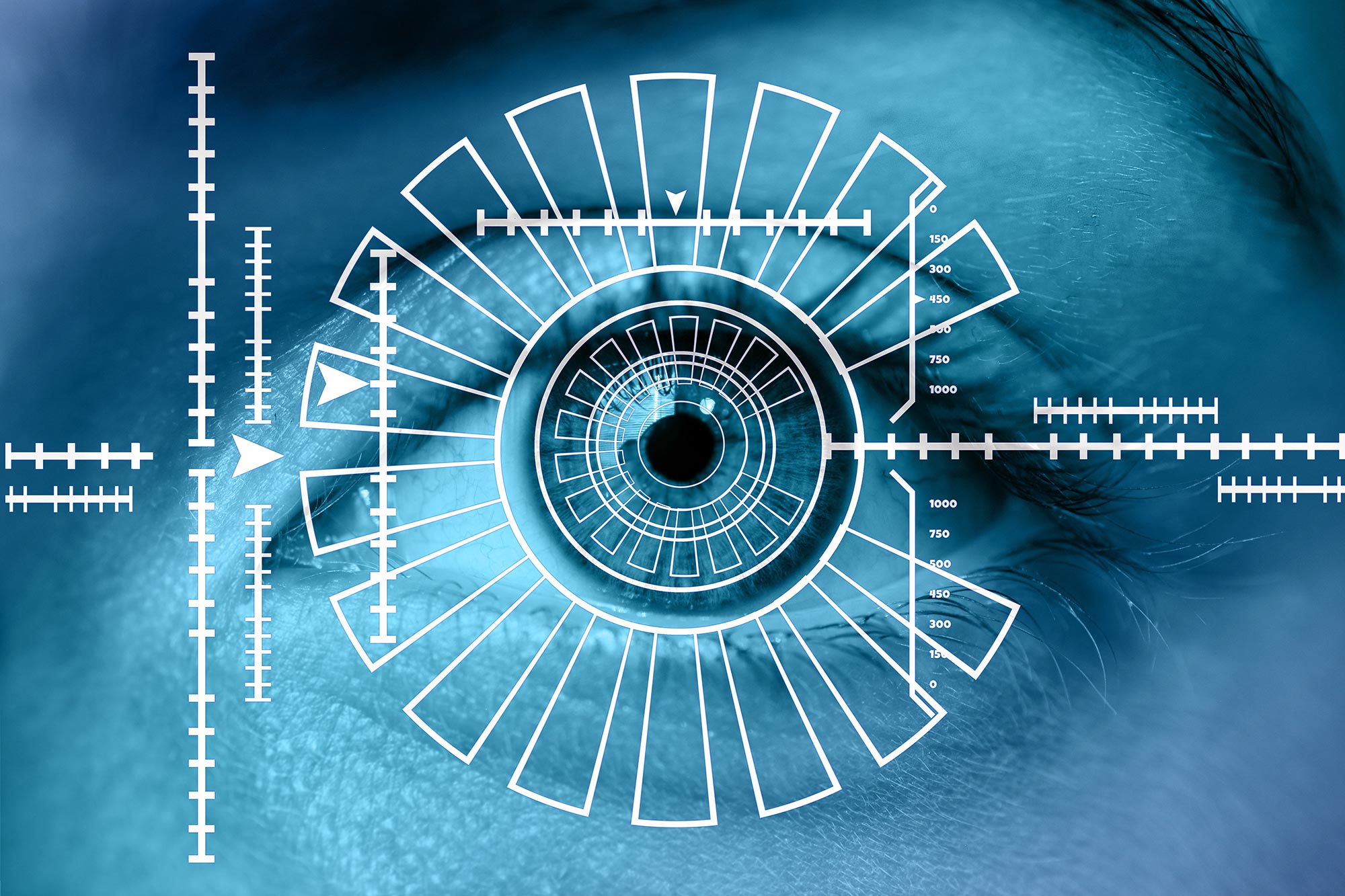New Technology Gives AI Human-Like Eyes

Researchers at the College of Central Florida have created AI technology that mimics the human eye.
The technological innovation could possibly end result in hugely made synthetic intelligence that can instantaneously comprehend what it sees and has utilizes in robotics and self-driving cars and trucks.
Researchers at the College of Central Florida (UCF) have crafted a device for artificial intelligence that replicates the retina of the eye.
The study could result in slicing-edge AI that can identify what it sees correct away, such as automated descriptions of pictures captured with a digicam or a cellular phone. The know-how could also be utilised in robots and self-driving vehicles.
The know-how, which is described in a modern review released in the journal ACS Nano, also performs superior than the eye in conditions of the array of wavelengths it can perceive, from ultraviolet to obvious light and on to the infrared spectrum.
Its capability to blend three different functions into 1 more contributes to its uniqueness. At this time offered intelligent picture technological know-how, these types of as that discovered in self-driving cars, wants independent details processing, memorization, and sensing.
The researchers assert that by integrating the a few treatments, the UCF-built product is substantially faster than existing technologies. With hundreds of the gadgets fitting on a just one-inch-broad chip, the technological innovation is also really compact.
“It will adjust the way synthetic intelligence is realized today,” suggests study principal investigator Tania Roy, an assistant professor in UCF’s Division of Products Science and Engineering and NanoScience Know-how Middle. “Today, almost everything is discrete parts and running on typical hardware. And right here, we have the ability to do in-sensor computing employing a solitary device on one particular smaller platform.”
The technological innovation expands on previous get the job done by the investigation staff that produced mind-like gadgets that can help AI to work in distant locations and space.
“We experienced devices, which behaved like the synapses of the human brain, but even now, we have been not feeding them the impression right,” Roy states. “Now, by incorporating graphic sensing means to them, we have synapse-like devices that act like ‘smart pixels’ in a camera by sensing, processing, and recognizing photos at the same time.”

Molla Manjurul Islam, the study’s guide writer and a doctoral scholar in UCF’s Division of Physics, examines the retina-like gadgets on a chip. Credit score: University of Central Florida
For self-driving automobiles, the flexibility of the product will let for safer driving in a selection of conditions, including at night time, says Molla Manjurul Islam ’17MS, the study’s lead writer and a doctoral pupil in UCF’s Section of Physics.
“If you are in your autonomous vehicle at night and the imaging process of the vehicle operates only at a certain wavelength, say the visible wavelength, it will not see what is in entrance of it,” Islam claims. “But in our situation, with our unit, it can actually see in the complete problem.”
“There is no documented gadget like this, which can function at the same time in ultraviolet vary and visible wavelength as properly as infrared wavelength, so this is the most unique advertising position for this gadget,” he claims.
Important to the technologies is the engineering of nanoscale surfaces manufactured of molybdenum disulfide and platinum ditelluride to allow for for multi-wavelength sensing and memory. This perform was executed in near collaboration with YeonWoong Jung, an assistant professor with joint appointments in UCF’s NanoScience Technological know-how Center and Division of Components Science and Engineering, portion of UCF’s University of Engineering and Laptop Science.
The scientists examined the device’s
Reference: “Multiwavelength Optoelectronic Synapse with 2D Materials for Mixed-Color Pattern Recognition” by Molla Manjurul Islam, Adithi Krishnaprasad, Durjoy Dev, Ricardo Martinez-Martinez, Victor Okonkwo, Benjamin Wu, Sang Sub Han, Tae-Sung Bae, Hee-Suk Chung, Jimmy Touma, Yeonwoong Jung and Tania Roy, 25 May 2022, ACS Nano.
DOI: 10.1021/acsnano.2c01035
The work was funded by the U.S. Air Force Research Laboratory through the Air Force Office of Scientific Research, and the U.S. National Science Foundation through its CAREER program.
